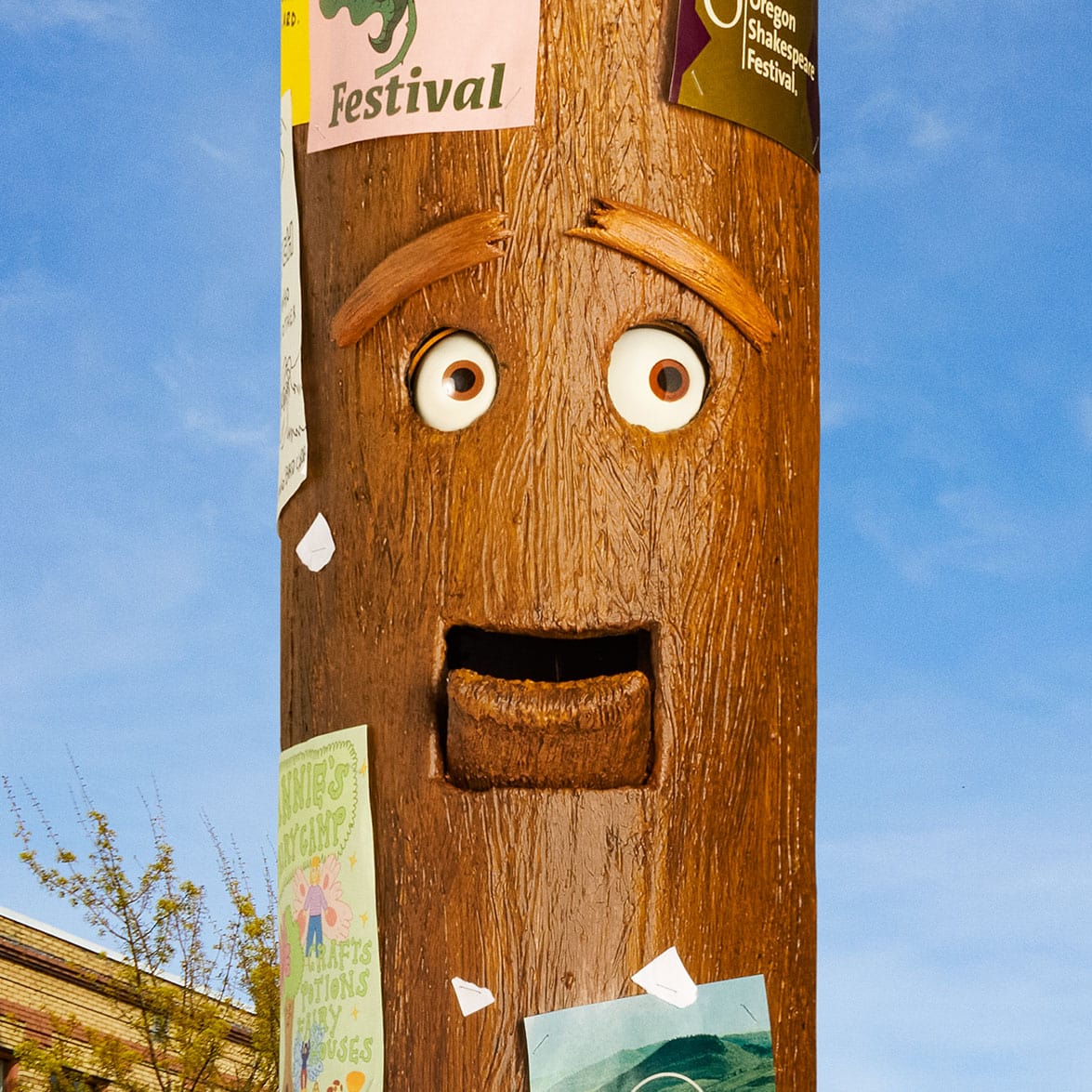As the winter winds down more people will explore the great outdoors, the best place to start may be just down the road beyond the next hill.
At Hillsboro’s Jackson Bottom Wetlands Preserveyou’ll find wildlife at every turn: a solitary eagle perched on watch, scurrying shorebirds probing muck of the marshes or v-shaped flocks winging from this place to that.
Less than twenty miles from Portland, Jackson Bottom Wetlands is about as grass roots as it gets, according to Education Specialist, Sarah Pinnock.
“People come here and want to learn about wildlife and wetlands so we make that opportunity available to them in any way we can because we really like that.”
Born in the 1980’s of a partnership between the city of Hillsboro, local citizens and the Oregon Department of Fish and Wildlife and it transformed 700 acres of wasteland into a wildlife paradise.
The Preserve’s wetlands and trails surround an Education Center where hands on exhibits teach you about the environment. In the middle you will see that a massive eagle nest rules this roost.
“The nest was cut out of a dead cottonwood tree several years ago,” noted the Preserve’s Manager, Ed Becker. “It was abandoned by the bald eagles and now provides a very unique exhibit; sort of a centerpiece for us and just a wonderful thing to have.”
Twenty miles away as the eagle flies, discover what I like to call a “Back Pocket Wilderness:” Tualatin Hills Nature Park, a 260-acre oasis of wildness in the heart of Beaverton that is prized for many reasons. The parkland offers miles of paved and soft surface trails, two creeks (Beaverton Creek and Cedar Mill Creek) that merge inside the park to provide water everywhere.
No need to worry about getting your feet wet though for a wheelchair accessible boardwalk rises about the wetlands to give you easy access.
You can duck in and escape foul weather at the park’s Education Center for hands on exhibits and classrooms.
“It’s beautiful with views out to the forest and on occasion we even get deer walking past,” noted Education Manager, Kristin Atman. “When the kids are out from school we offer programs and we have tons of spring break camps planned for kids aged 4-11.”
Park Ranger Greg Creager added that the birds and frogs offer plenty of the natural “sounds of spring” and signal that warmer times are just around the bend at a place you should visit as soon as you can:
“It’s really such a special place – a wild place in the middle of an urban and suburban area; something we’re pretty lucky to have in Beaverton.”
Consider yourself ‘lucky’ when you discover the new trails and jaw-dropping views atop the nearby Cooper Mountain Nature Park.
“I think that’s the most common reaction when you visit Cooper Mountain for the first time,” said Cooper Mountain Park Ranger Scott Hinderman. “Wow, what a view! It’s one those undiscovered gems. We are surrounded by a vast sea of urban area in this part of Washington County and all of a sudden you have this little island up here.”
More than 3 miles of trails for hiking and exploring a unique pine and doug fir upland forest that also contains unique and prized white oak savannah areas too.
“Deer are common up here and raptors are a favorite,” added Scott. “Red tailed hawks are easy to spot this time of year and the owls are more often heard hooting too. Best time to hear them is early in the morning or just before dusk.”
